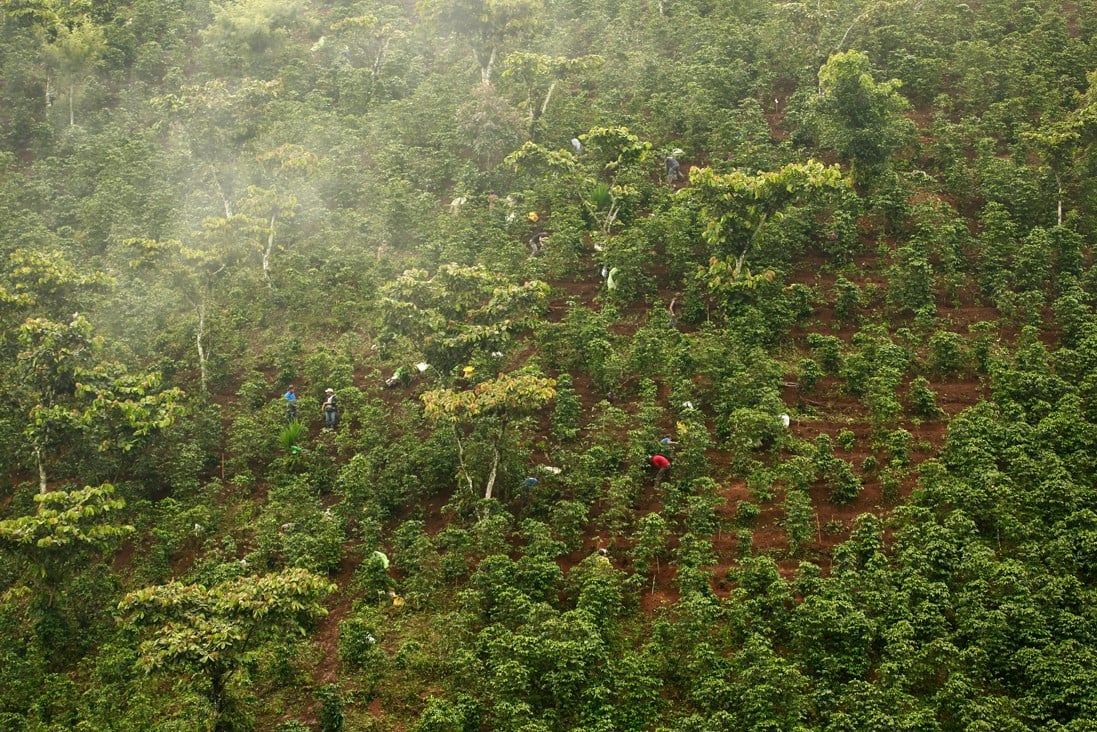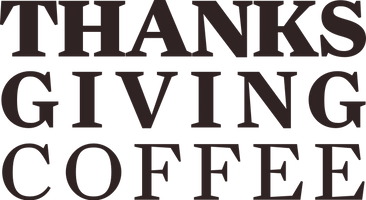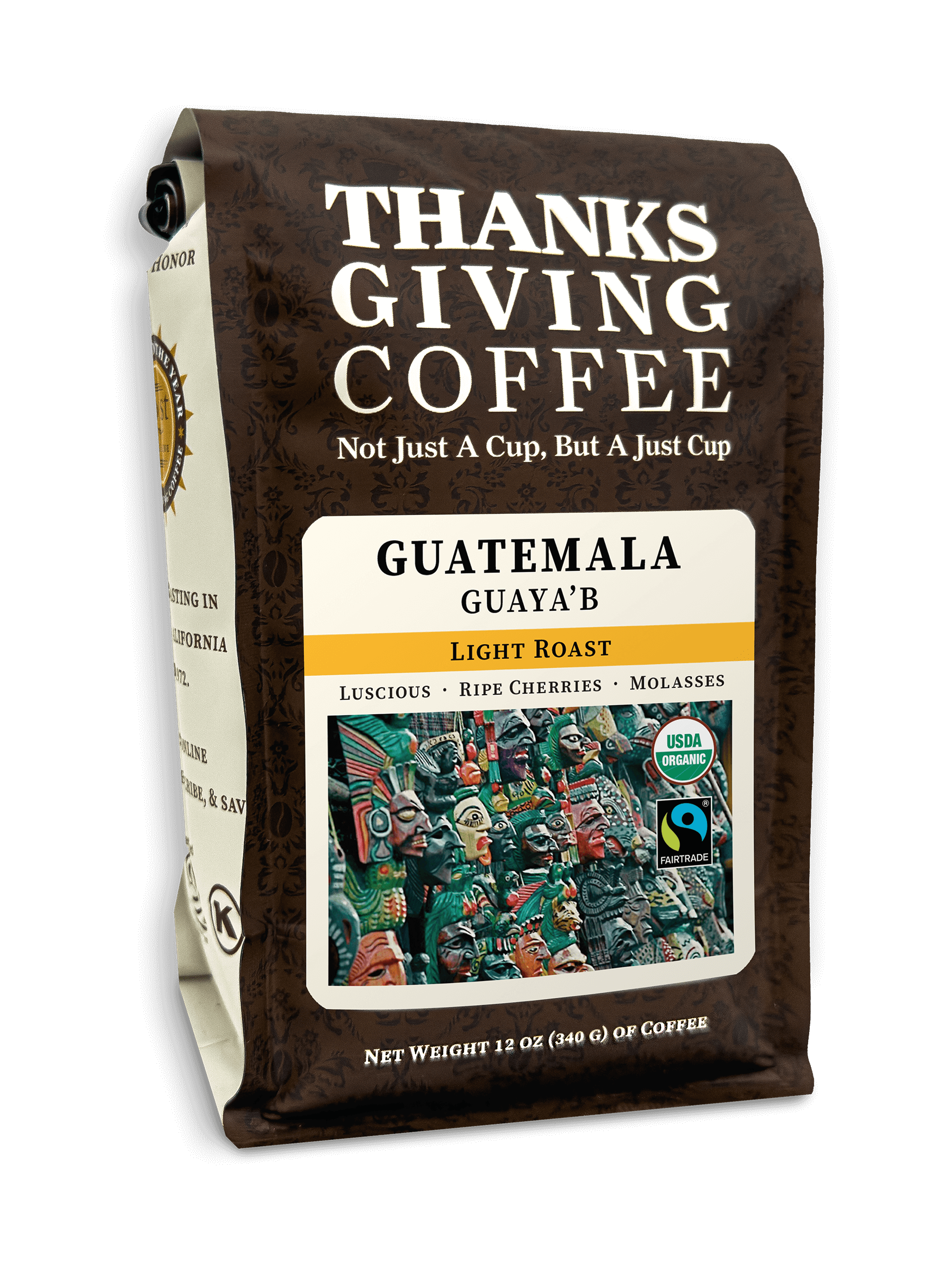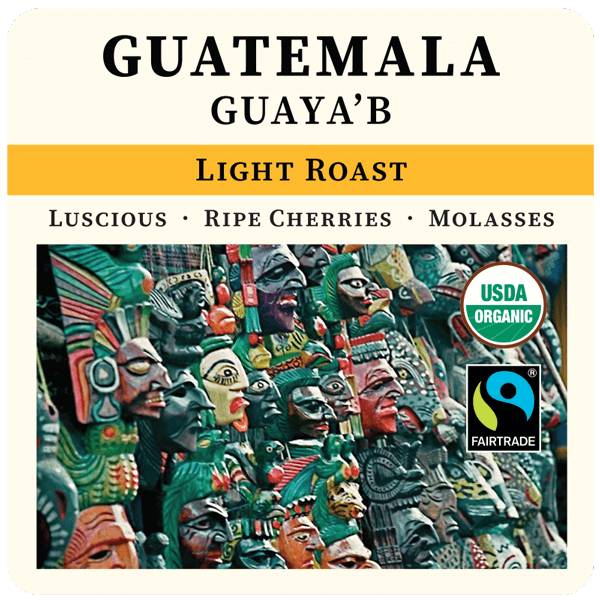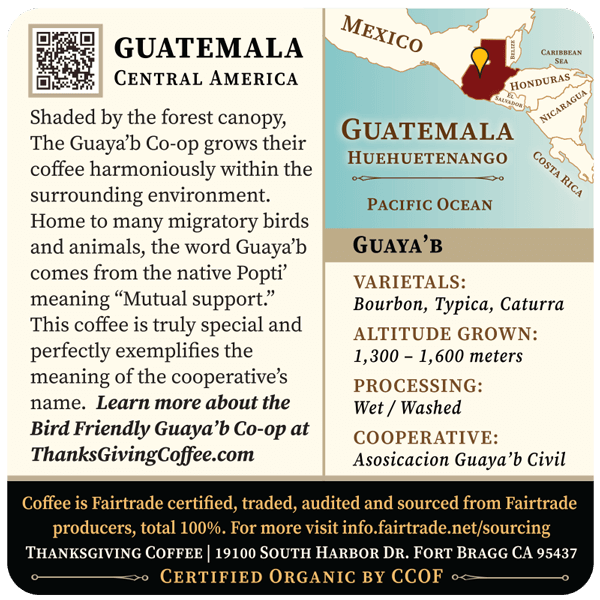Guatemala Light Roast
Guatemala Light Roast
Tucked deep in the rainforest of northwest Guatemala, the Guaya’b Cooperative is made up of over 300 indigenous Maya-Quiche coffee farming families. The Cooperative carefully hand picks each day’s ripe fruit and process the organic fair trade coffee in small batches on their farms. The result is a classic example of the Huehuetenango appellation: a coffee rich with cherry sweetness, lush floral notes, and a deep wine-like body.
Learn MoreDESCRIPTION
-
TASTING NOTESLuscious, Ripe Cherries, Molasses
-
PROCESSWet/Washed
-
REGIONGuaya’b, Guatemala
-
VARIETALBourbon, Typica, Caturra
-
ALTITUDE1,300 - 1,600 METERS
Deep in the rainforest of northwest Guatemala, the Guaya’b Cooperative is made up of over 300 indigenous Maya-Quiche coffee farming families. Now, a new generation of farmers works to cultivate coffee and a variety of other cash and subsistence crops to increase incomes, and to protect the health of the land.
Thanks to their partnership with our importer, Elan Organic Coffee, Guaya’b has perfected the art of picking, depulping and fermenting their coffee to produce deep, juicy, and full flavored coffee with a truly distinctive character.
Not content to merely develop members’ coffee production, Guaya’b has a pilot organic honey project, which also helps to increase coffee yields thanks to improved pollination.
Customer Review
Coffee to Water Ratio
Using the correct amount of coffee will ensure that your coffee is brewed to strength, without over-extracting or under-extracting the coffee to compensate for an inappropriate dose. We recommend 2 grams of coffee for every fluid ounce of water used to brew. Weighing coffee is the most accurate way to measure the appropriate dose. If a scale is not available, we recommend 2 heaping tablespoons of ground coffee for every 5 ounces of water used to brew.
Grind Size
Producing the correct particle size in ground coffee is one of the most important steps in coffee brewing. In general, a finer grind will produce a more intense brew and a coarser grind will produce a less intense brew. At the same time, a grind that is too fine will produce an over-extracted, astringent brew, and a grind that is too coarse will produce a weak, under-extracted brew lacking flavor. In pour-over methods, grind size also affects the rate of extraction, as water will pass more slowly through a finer grind, and more quickly through a coarser grind. We strongly recommend burr grinders over blade grinders.
Water Temperature and Quality
Water temperature dramatically affects the extraction of coffee’s flavor during brewing. We recommend brewing with water at 200-202° Fahrenheit for best results. Using fresh, clean, chlorine-free water is essential.
Coffee 101
Discover how to make the most in your cup with our brew blog - Coffee 101. Brewing variations, roast colors, coffee storage, steaming, and so much more. Not just for beginners, this info has gems for all coffee enthusiasts from novice to barista and beyond.
Coffee 101"Guaya’b, Guatemala - Light Roast consistently offers just-right roasted beans imparting a smooth nutty and fruity (to me, cherry in particular) taste when brewed. Wonderful with a bit of milk, or used as a base for an after dinner adult coffee drink."
